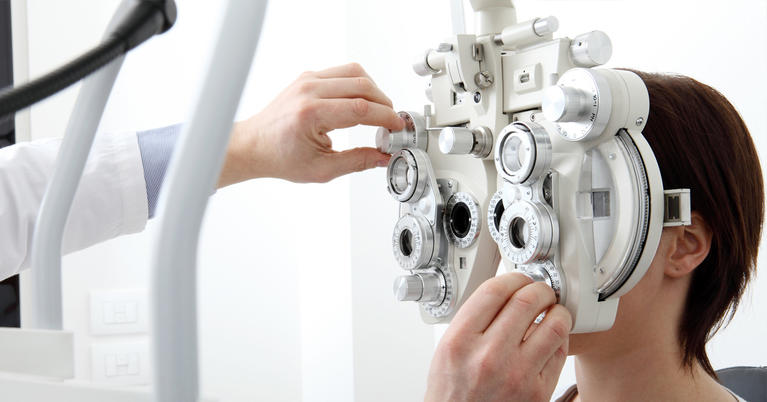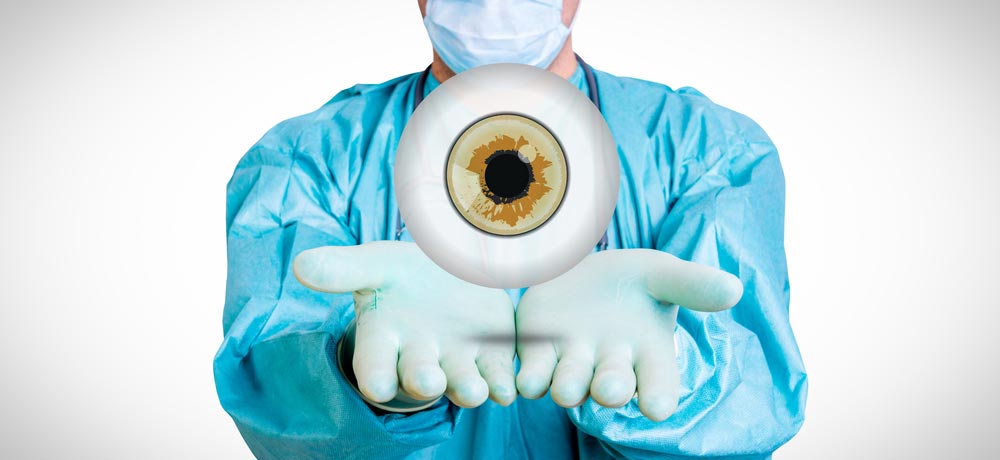Trusted Hearing Service Near Me: Professional Care at Our Clinic
Trusted Hearing Service Near Me: Professional Care at Our Clinic
Blog Article
Checking Out the State-of-the-Art Technologies Used for Treating and diagnosing Eye Problems
In the world of ophthalmology, the development of technology has actually dramatically improved the tools readily available for identifying and treating numerous eye problems. From advanced imaging modern technologies that supply comprehensive insights into eye structures to robotic-assisted medical procedures that offer unparalleled accuracy, the landscape of eye care is frequently developing. With the integration of man-made intelligence in diagnostics, genetics therapy technologies, and online fact rehab, the opportunities for enhancing patient results are expanding at a fast rate. The convergence of these cutting-edge innovations holds the assurance of reinventing the area of ophthalmology, providing brand-new avenues for customized and effective treatments.

Advanced Imaging Technologies
Advanced Imaging Technologies have changed the field of ophthalmology by giving comprehensive and specific visualization of the eye structures. Optical Comprehensibility Tomography (OCT) stands apart as a vital innovation in this world. OCT uses light waves to record high-resolution cross-sectional pictures of the retina, enabling the identification of minute structural adjustments. This non-invasive technique aids in the very early detection and tracking of numerous eye conditions such as macular degeneration, diabetic person retinopathy, and glaucoma.
In Addition, Fundus Digital photography is another vital device in ophthalmic imaging. This technique includes catching thorough photos of the rear of the eye, consisting of the retina and optic disc. Fundus Digital photography aids in recording the progression of eye illness, reviewing therapy effectiveness, and enlightening clients regarding their eye health.

Robotic-Assisted Surgical Procedures
Robotic-assisted surgical procedures have substantially progressed the capacities of ocular surgical procedure, introducing a brand-new period of accuracy and efficiency in treating various eye conditions. By incorporating robot modern technology right into medical treatments, eye doctors can attain unrivaled accuracy and control, bring about improved individual end results.
Among the main advantages of robotic-assisted surgical treatment in ophthalmology is the boosted mastery and stability it provides to cosmetic surgeons. The robotic arms can execute precise activities with a high degree of precision, permitting for delicate procedures with minimal invasiveness. This degree of accuracy is especially helpful in surgical treatments including the retina, where even small mistakes can have considerable ramifications for a patient's vision.
Furthermore, robotic-assisted medical systems supply real-time imaging and comments to the cosmetic surgeon, allowing them to make enlightened decisions during the treatment. This innovation enhances the doctor's situational understanding and allows for adjustments to be made immediately, guaranteeing optimal outcomes for the client.
Artificial Intelligence in Diagnostics
With the advancement of advanced technologies improving surgical accuracy in ophthalmic treatments, the integration of Artificial Knowledge in diagnostics has become a critical growth reinventing the field of eye treatment. Expert System (AI) formulas are being progressively utilized to analyze complicated information from imaging innovations like optical comprehensibility tomography (OCT) and fundus photography to help in the early detection and exact diagnosis of different eye problems. These AI systems can effectively recognize patterns and anomalies in pictures that might not be discernible to the wikipedia reference human eye, allowing quicker medical diagnosis and therapy planning.
AI formulas can additionally predict disease progression, suggest tailored therapy strategies, and assess the effectiveness of interventions. By improving the analysis procedure, AI not only boosts the effectiveness of eye treatment experts yet likewise enhances person end results by enabling timely interventions. As AI remains to advancement, its function in diagnostics is expected to expand, providing new possibilities for early intervention and personalized treatment in the area of ophthalmology.
Genetics Treatment Technologies
In the world of sensory improvements, recent strides in gene therapy innovations have actually triggered considerable rate of interest among researchers and medical care specialists alike. Genetics therapy holds immense promise in changing the therapy of different eye conditions by targeting the underlying hereditary reasons. By introducing genetic product right into cells to make up for abnormal genetics or to supply a missing gene, genetics therapy offers a personalized strategy to attending to inherited eye problems such as retinitis pigmentosa, Leber hereditary amaurosis, and others that were previously taken into consideration untreatable.

As research in genetics treatment continues to advancement, the potential for customized therapies for a larger series of eye problems expands, providing new wish for individuals with genetic eye diseases.
Digital Truth Rehabilitation
Digital fact rehab has arised as an advanced approach in boosting the healing and rehabilitation procedures for individuals with numerous aesthetic impairments. retina service near me. By imitating real-world atmospheres through immersive innovation, virtual fact provides an one-of-a-kind platform for vision treatment and rehab. This cutting-edge technique makes it possible for individuals to involve in interactive exercises and tasks developed to boost visual skill, deepness understanding, eye control, and overall aesthetic functioning
One secret benefit of virtual truth rehabilitation is its capability to tailor treatment programs based upon the details requirements and capacities of each client. With real-time responses and monitoring, medical care professionals can track development, readjust treatments, and offer individualized like optimize results. In addition, virtual reality innovation can develop a safe and controlled space for individuals to practice visual jobs, get over challenges, and develop confidence in a i loved this digital setup prior to transitioning to real-world scenarios.
Conclusion
Finally, the improvements in imaging modern technologies, robotic-assisted surgeries, synthetic intelligence diagnostics, gene therapy advancements, and digital fact recovery have actually significantly improved the diagnosis and treatment of eye conditions. hearing service near me. These cutting edge innovations have transformed the field of ophthalmology, enabling for more efficient and accurate treatments. As modern technology remains visit homepage to advance, the future of eye treatment looks appealing with the possibility for much more cutting-edge services to enhance patient results
In the realm of ophthalmology, the development of modern technology has actually dramatically enhanced the tools available for detecting and treating various eye conditions. Fundus Digital photography aids in documenting the development of eye conditions, examining therapy effectiveness, and informing people concerning their eye wellness.
Artificial Knowledge (AI) algorithms are being significantly made use of to assess complex information from imaging modern technologies like optical comprehensibility tomography (OCT) and fundus photography to aid in the early detection and precise diagnosis of numerous eye problems.In final thought, the developments in imaging technologies, robotic-assisted surgical procedures, synthetic intelligence diagnostics, genetics treatment developments, and digital truth recovery have substantially improved the medical diagnosis and treatment of eye problems. As technology continues to advance, the future of eye care looks encouraging with the potential for also more innovative options to improve individual end results.
Report this page